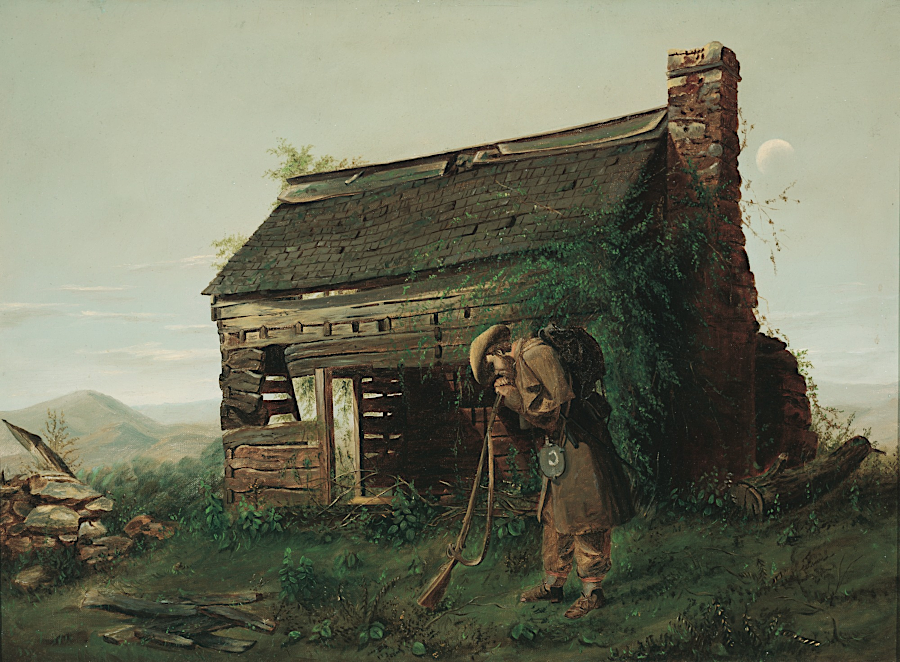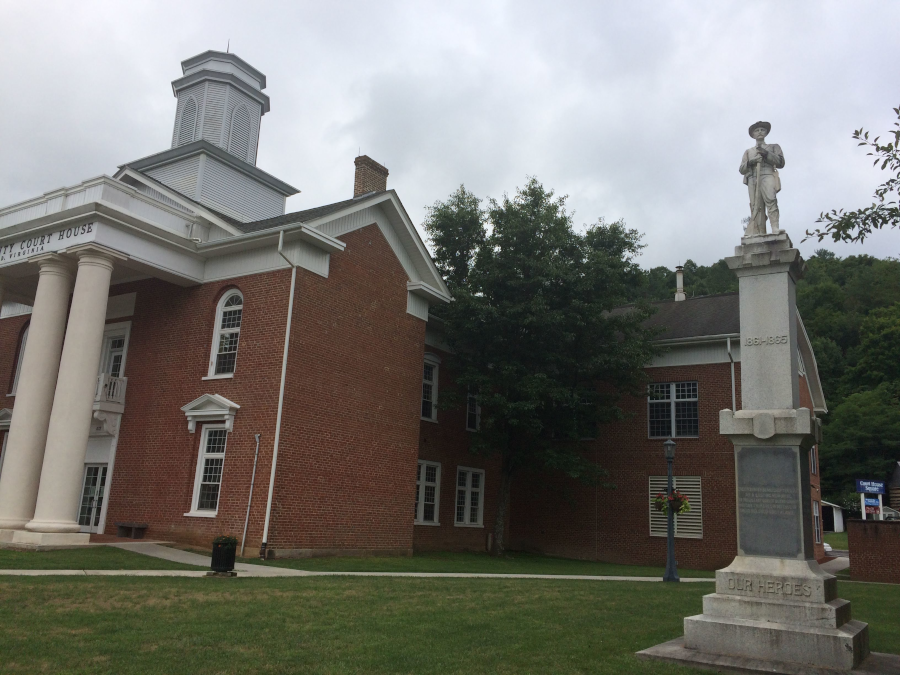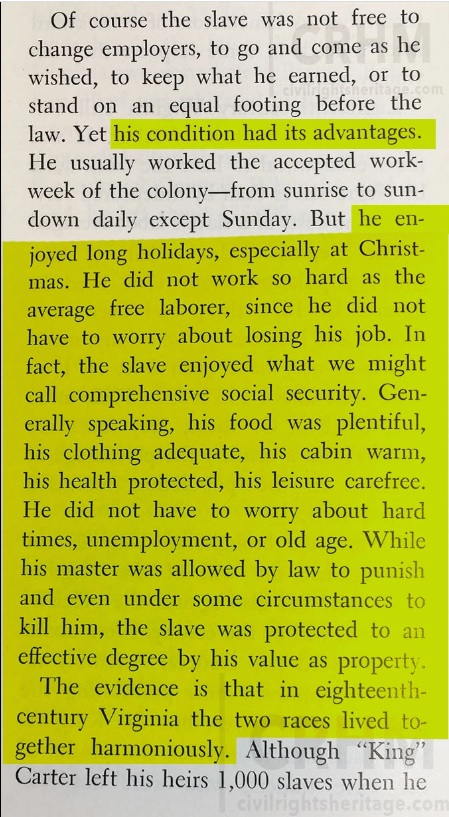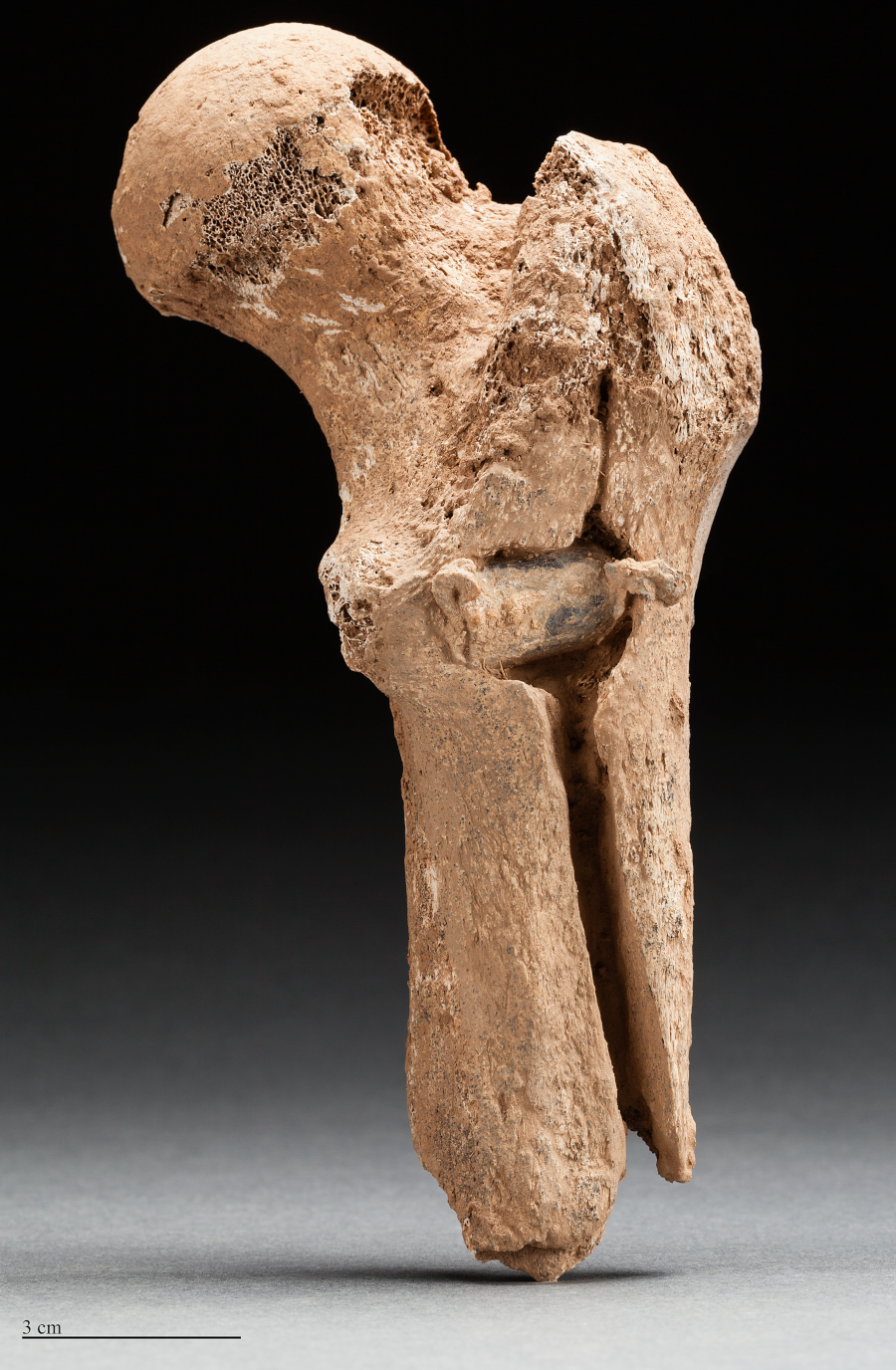
"The Lost Cause" painting became an iconic image of a Confederate soldier returning to a devastated homestead, not to a plantation's mansion house
Source: Morris Museum of Art, The Lost Caused (by Henry Mosler, 1869)

"The Lost Cause" painting became an iconic image of a Confederate soldier returning to a devastated homestead, not to a plantation's mansion house
Source: Morris Museum of Art, The Lost Caused (by Henry Mosler, 1869)
Defeated Confederates manufactured a story of the war and its causes that was repeated in newspaper stories, magazine articles, books, and folklore. Edward Pollard published The Lost Cause: A New Southern History of the War of the Confederates in 1866, and Ladies' Memorial Associations created Memorial Day traditions focused on honoring Confederate soldiers and sailors killed during 1861-1865.
Mildred "Millie" Lewis Rutherford, historian of the United Daughters of the Confederacy, published A Measuring Rod to Test Text Books, and Reference Books in Schools, Colleges and Libraries in 1919. It evaluated history textbooks based on Lost Cause criteria, such as blaming the Northern states for starting the Civil War and claiming slavery was not a cruel institution. Virginia and other southern states used her criteria to ensure each generation was indoctrinated in one interpretation of the past.1
Children were taught that the Union had invaded Virginia illegally, that slavery was benign, and economic rivalry over tariff rates triggered military conflict. General Robert E. Lee was portrayed as a saint, and Confederate President Jefferson Davis was presented as a victim treated unfairly during incarceration at Fort Monroe. Writers and speakers justified secession as a legitimate Constitutional process, and obfuscated the importance of slavery as the primary "state's right" to be protected.
Confederate defeat was attributed to massive Northern resources, while the military expertise and courage of Union soldiers was diminished or ignored. The morality of the Southern secessionists was represented as "right," while Reconstruction was a horror during which ex-slaves claimed an inappropriate social status and Yankee carpetbaggers pillaged southern wealth.
Tales of "Johnny Reb's" courage in the face of overwhelming Union military might were substituted for close analysis of the military and political decisions that led to Union victory. Sentiment and myth drowned out the historical complexity, while the harsh treatments to maintain oppression of the formerly enslaved and free blacks were ignored.2
Statues were erected on the lawns of nearly every county and city courthouse. They honored "our dead" and listed the names of local units that fought in the Confederate Army.

Confederate monument at Bland County Courthouse
Reconsideration of the Lost Cause began after World War II, when white soldiers from different backgrounds served together and discovered their common interests (especially in battle) were greater than their differences. Historical articles prior to the centennial of the Civil War in 1961-65 reexamined the past, and the portrayal of the past, with more critical and more fact-based analysis.
At the same time, supporters of racial separation adopted Confederate symbols such as the battle flag.
The Civil Rights movement led to the end of legal segregation in the 1950's-1970's, but there was little re-examination within the white community regarding the heritage of slavery and its association with Confederate monuments. That came in the next century, particularly after 2015 when a white racist killed nine people during a Bible study session at the Emanuel African Methodist Episcopal Church in downtown Charleston, South Carolina.
Today, there is wide recognition that the fundamental issue that led to the Civil War was slavery, not the legalistic dispute over whether the US constitution authorized secession. In 2022, the Virginia History and Social Science Standards of Learning included the requirement that students develop skills in:3

textbooks such as the Cavalier Commonwealth misrepresented the past in order to perpetuate the Lost Cause myth
Source: Library of Virginia, UnCommonwealth blog, Cavalier Commonwealth (1957)

those who died on the battlefields at Manassas experienced the effects of war, and could not join in post-war debates about causes
Source: National Park Service, Surgeon's Burial Pit Discovered